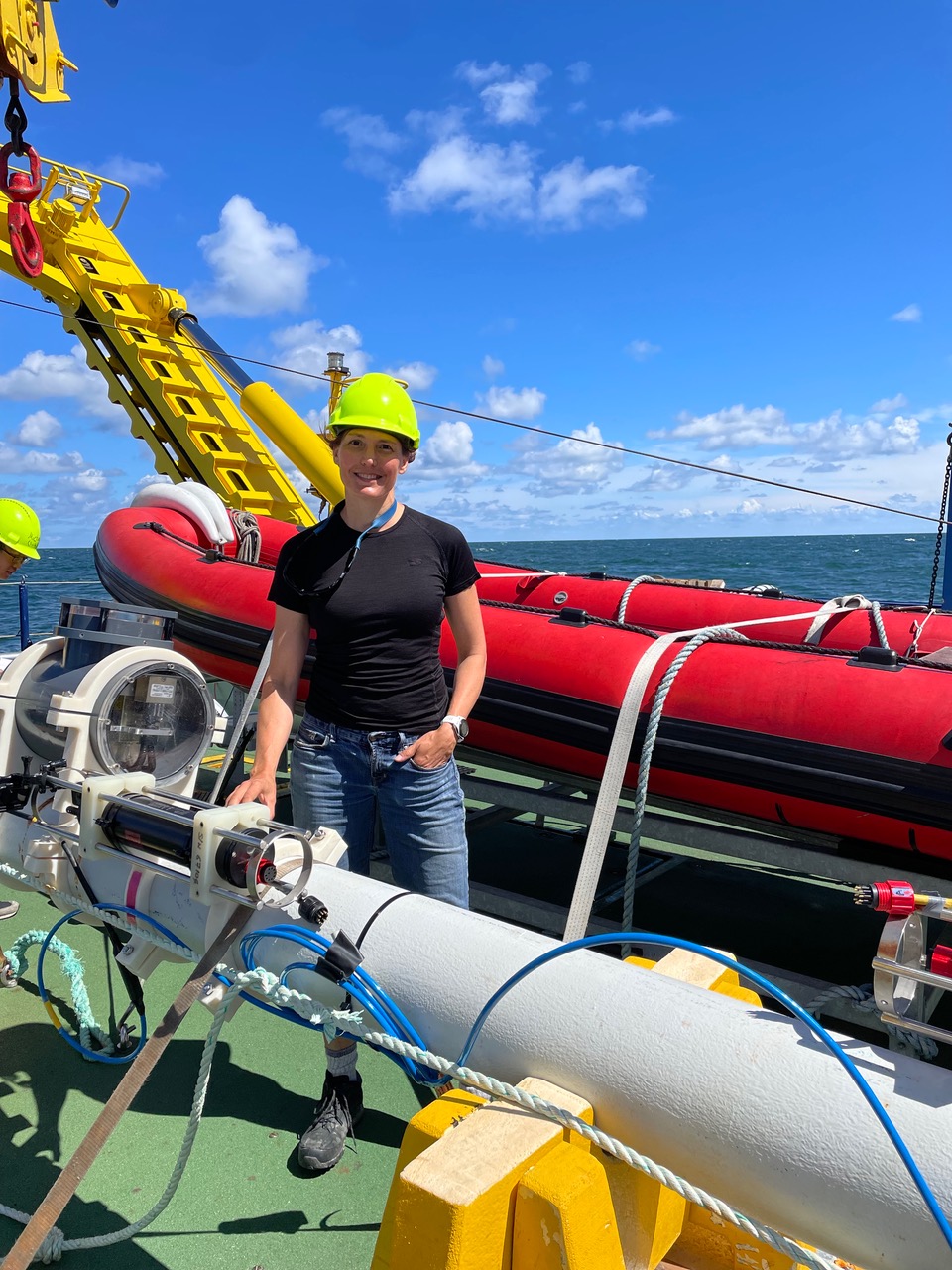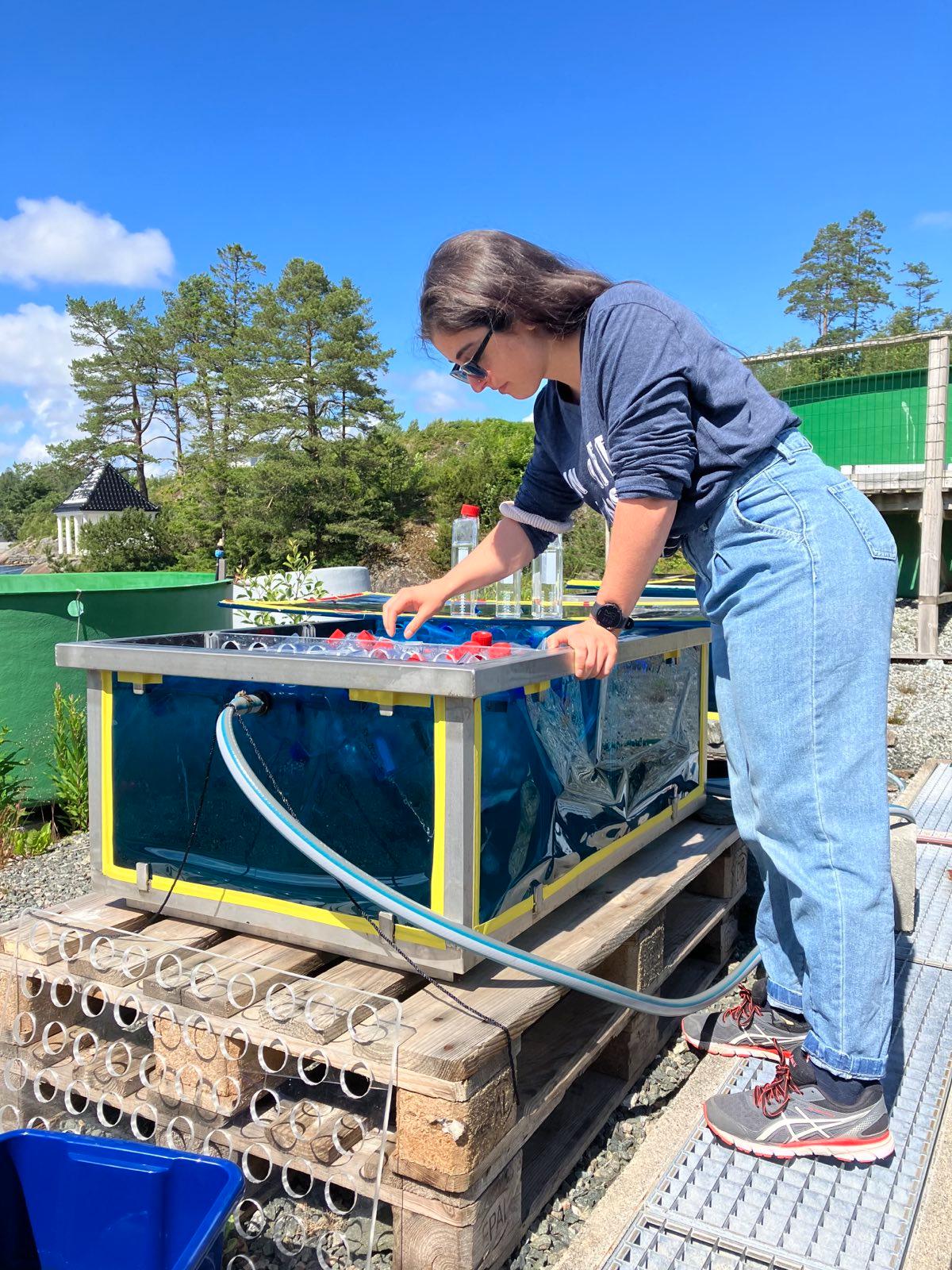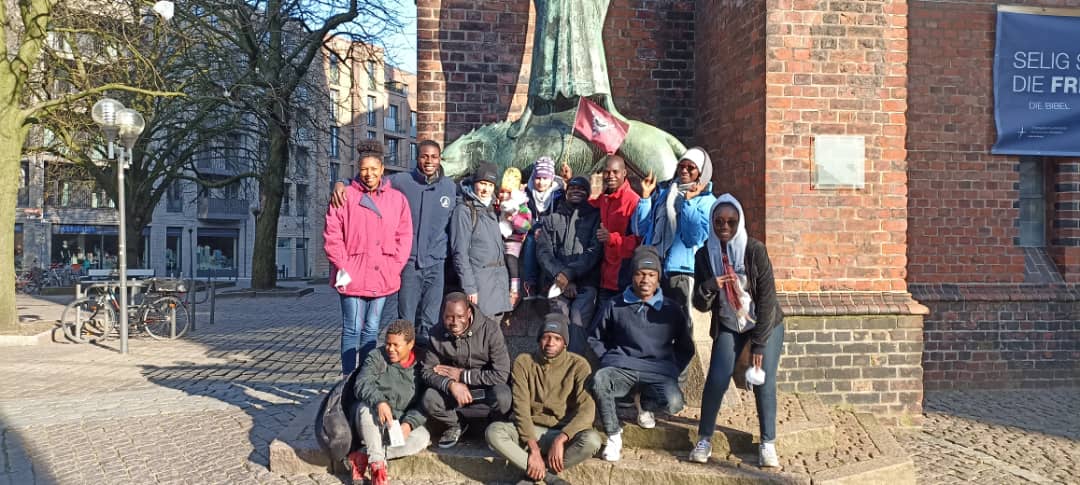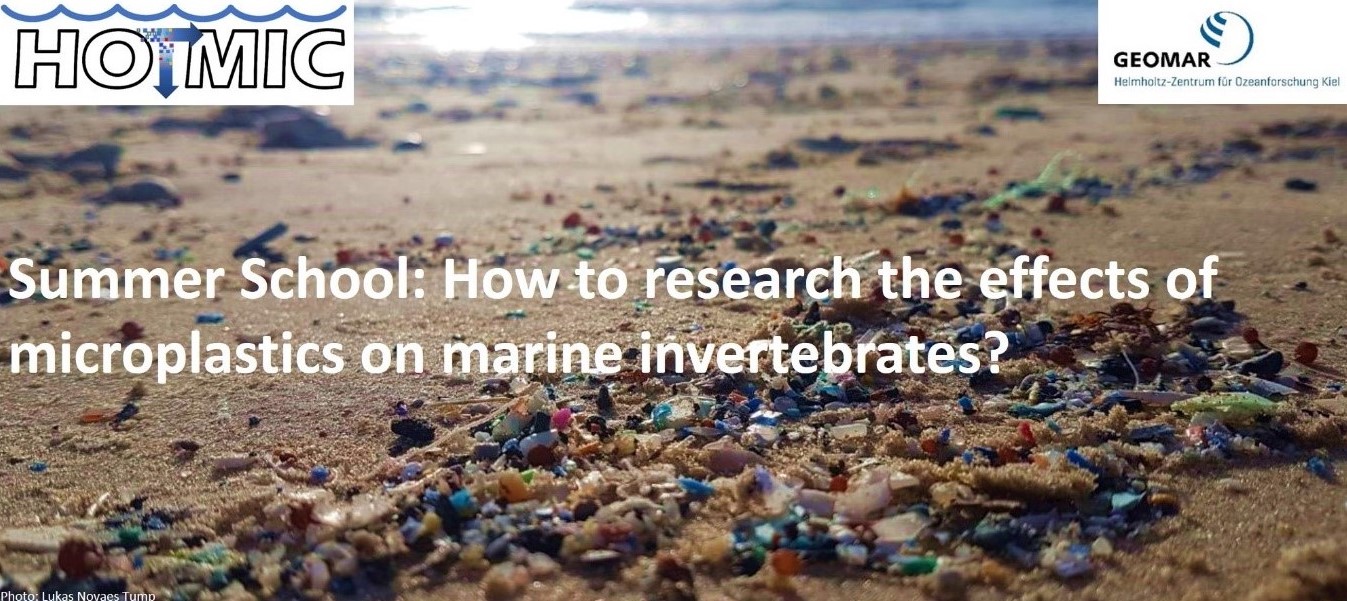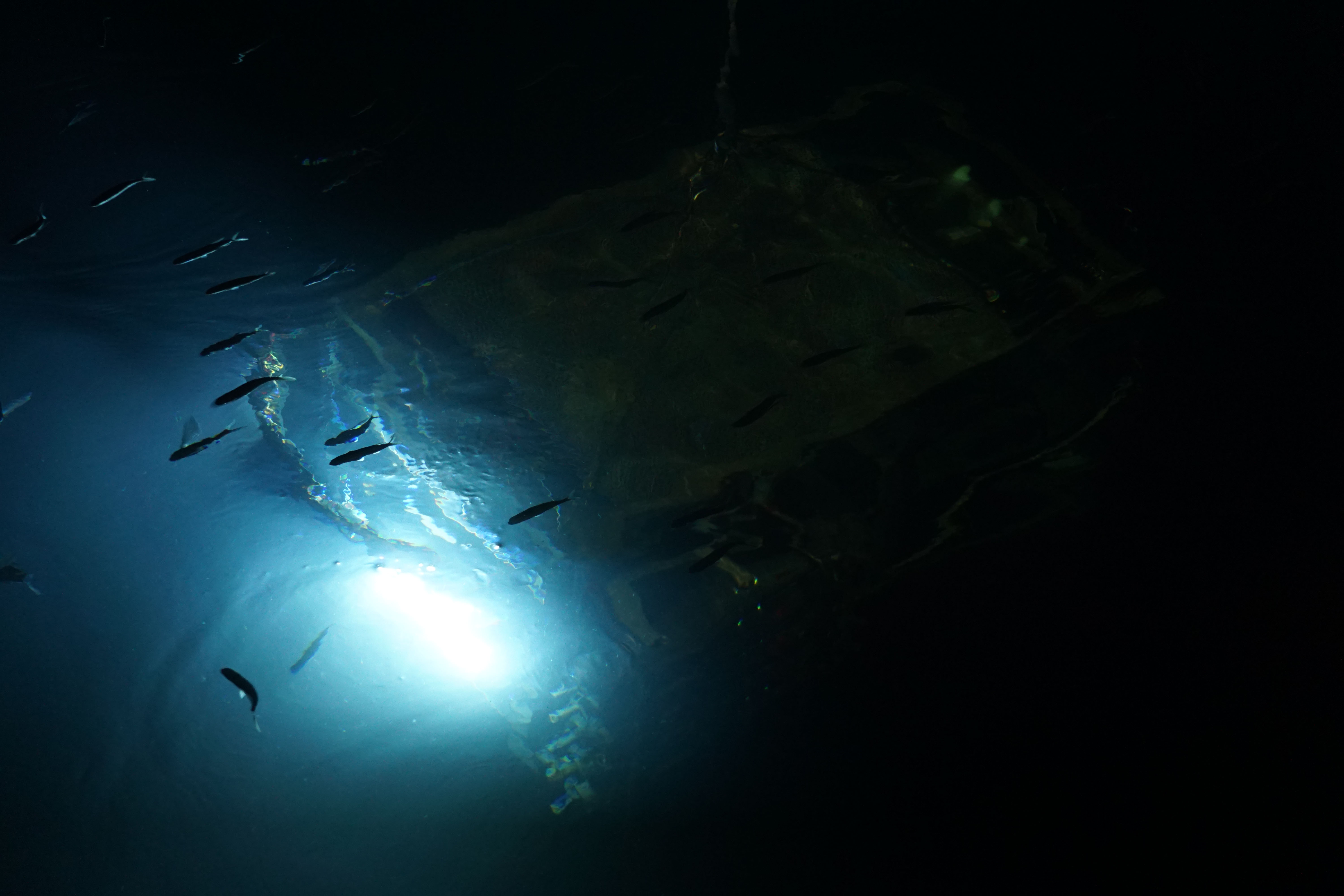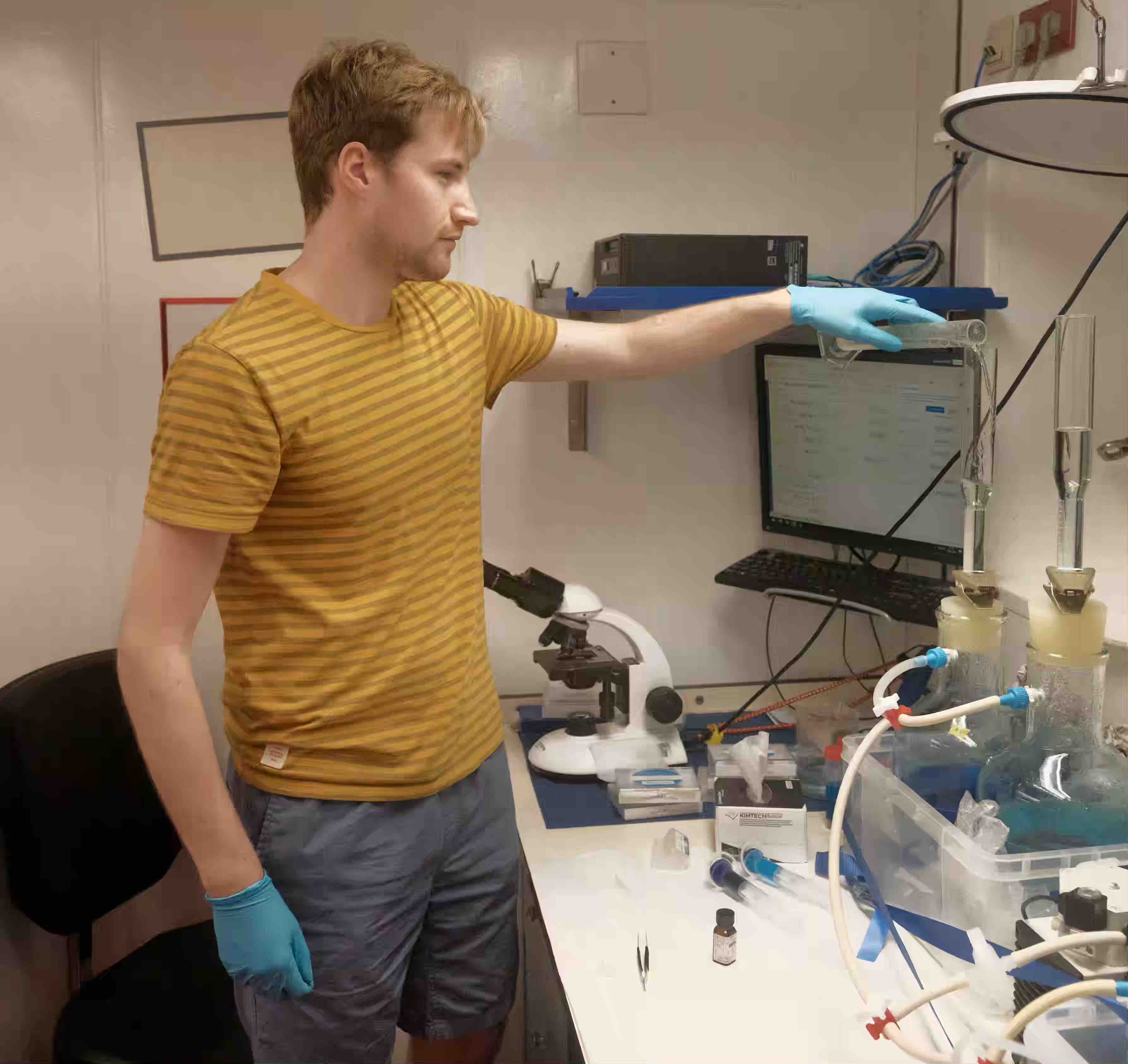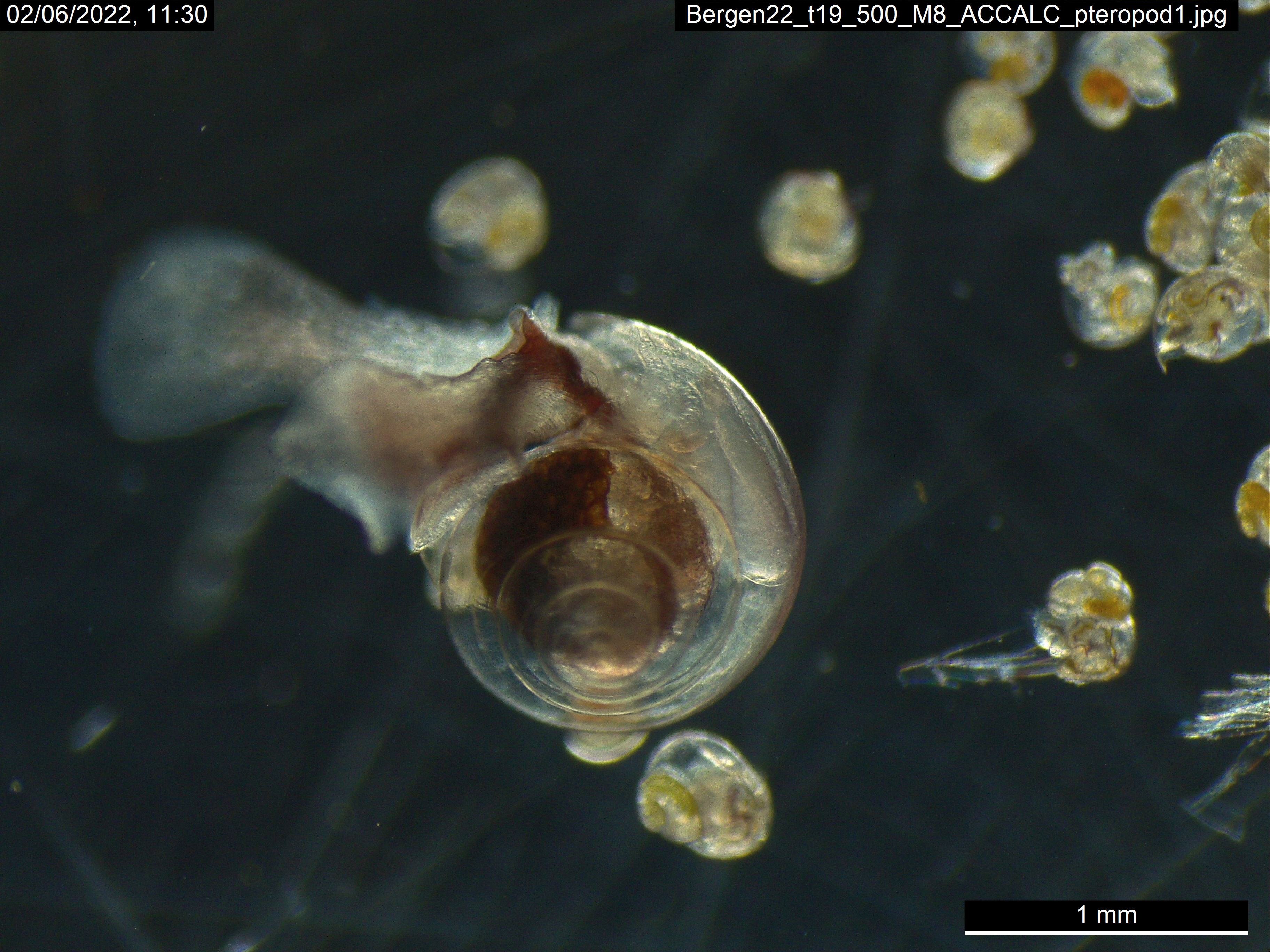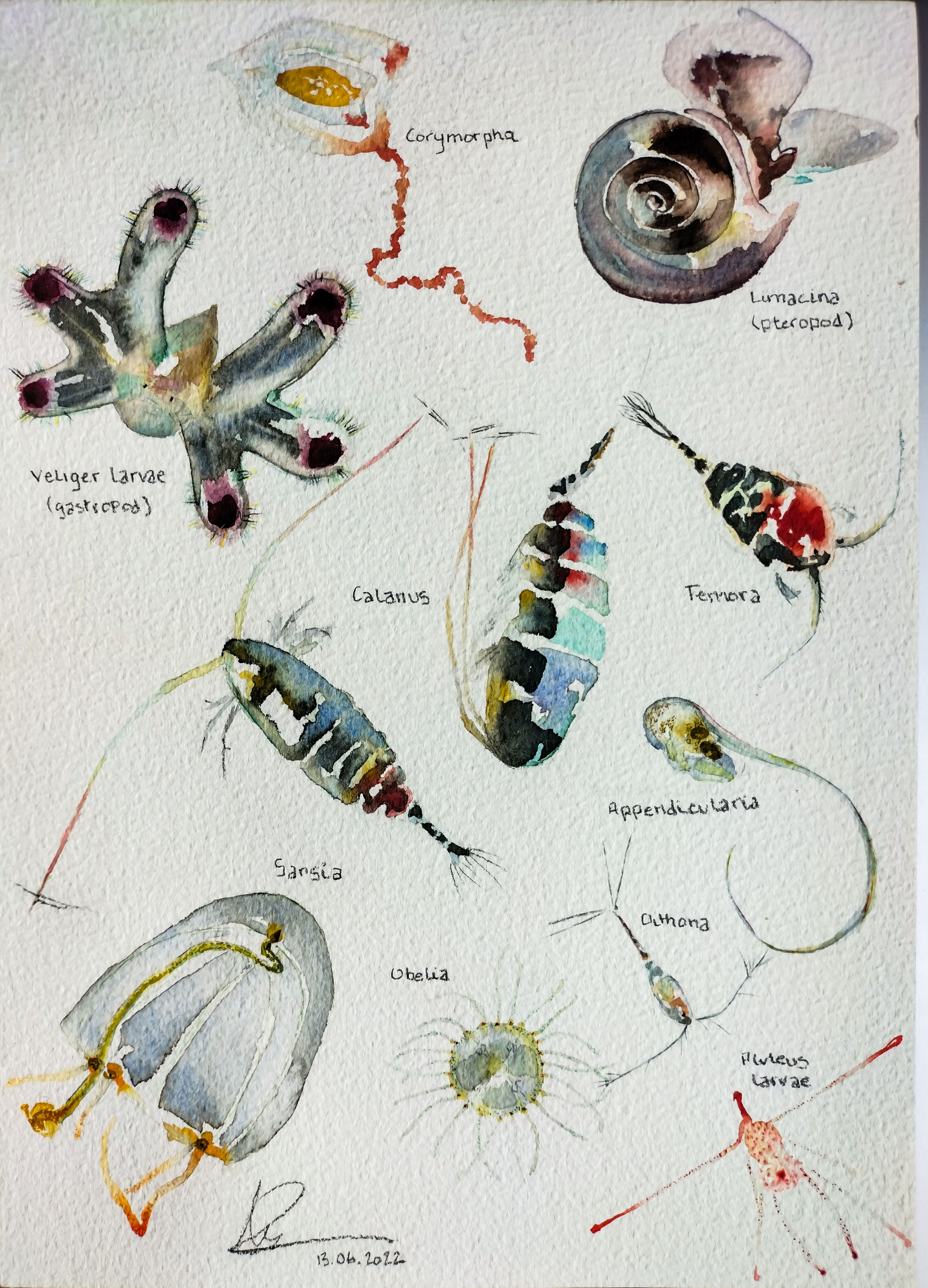By Helen Czerski ***deutsche Version siehe weiter unten*** 07.07.2022 One of the privileges of living at sea is that you live inside the rhythm of the ocean, rolling with the ship as the restless water shifts beneath you. Our metal home is part of the boundary between the atmosphere and the ocean, and the movement […]
Running up and down
Author: Giulia Faucher Pictures: Giulia Faucher, Carl Lim & Julieta Schneider At the station, if you see 2, 3 or even 4 people running up and down from the lab to a blue incubator box and vice versa, several times every day, that’s us: the side experiment team! Indeed, not only the main experiment with the […]
#MSM106 Floating University – Our time in Germany
After the cruise MSM106 some of the WASCAL students spent some time in Germany at different institutes to work on their Master thesis. Here are some impressions from the students. Nach der Expedition MSM106 verbrachten einige der WASCAL-Studierenden einige Zeit in Deutschland an verschiedenen Instituten, um an ihrer Masterarbeit zu arbeiten. Hier sind einige Eindrücke […]
A slow start & sunny days in Husö, Finland.
We are Carmen (DE) and Sofia (FI), and together, we make up Team Finland 2022. Team Finland is working on the Åland islands at the Husö Biological Station, which belongs to Finland’s only Swedish-speaking University, Åbo Akademi University. The GAME topic of 2022 is the effect of artificial light at night (ALAN) on mussels, and […]
Ocean Voices: how did it all begin?
Welcome to the “Ocean Voices” blog series run by doctoral and non-permanent postdoctoral researchers at GEOMAR Helmholtz Centre for Ocean Research Kiel, Germany. Thanks for dropping by! We’ve been looking forward to getting this blog running for a while, and are excited to finally get it going with our first post. As our first post, […]
Summer school on microplastics
In the framework of HOTMIC a summer school on microplastics will be held in September 2022. Background During the last decade, microplastics have been recognized as a globally emergent pollutant in aquatic and terrestrial environments and as such they received great attention by scientists, the media and politicians. However, we still know astonishingly little about […]
#M182 How to measure fragile organisms without catching them?
Quantifying the biomass of gelatinous organisms, especially those from the deep sea, is a big challenge. Since gelatinous organisms are so fragile, they get destroyed easily by nets and thus we only find unidentifiable remains in net catches. This is something we also see in our multinet samples, which we collected during day and night […]
#M182 That was the Eddy!
As part of the Helmholtz Earth system observation program MOSES, researchers from the GEOMAR Helmholtz Centre for Ocean Research Kiel departed on the third expedition to investigate oceanic eddies between Cape Verde and Mauritania. The second week of M182 marked the start of the eddy hunting phase. After identifying the eddy’s size of 70 x […]
A picky job
Author: Jaqueline Haußmann, Pictures: Jaqueline Haußmann Click…click…click goes the sound of my counter. 41 so far, the number of individuals I have just collected and placed in a tiny drop of water inside a tin capsule. Another sample is ready! I put it in the according plate and note everything important about the sample. Off to […]
A closer look
Author: Nicolás Sánchez, Pictures: Nicolás Sánchez I sometimes still catch myself looking out to sea thinking how vast and empty it seems. Then I laugh to myself, intuition in this case could not be further from reality. Going out on the boats to sample at the mesocosms, I gaze in, only catching a glimpse of […]
